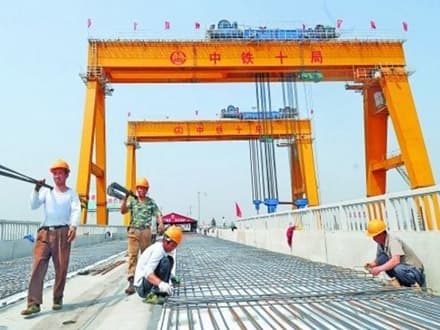While lightning strikes are unpredictable and no location or facility is immune from the threat of a lightning strike, there are ways to reduce the risk or damage. Reducing the risk of damage from a lightning strike, direct or nearby, with the installation of a lightning protection system is not always a part of new construction projects. However, shouldn’t it be?
There are two aspects of lightning capture, physical hardware (lightning rods/masts and overhead wires) to capture the strike, and the methods by which the hardware is positioned on the structures to achieve the desired “interception efficiency” or “protection level.” Positioning hardware on the structure is guided by one of the standards mentioned above, and different countries and regions have adopted different standards.
A system designed in compliance with a standard does not guarantee 100% immunity from damage. Lightning protection is an issue of statistical probabilities and risk management. Lightning protection systems designed in compliance with standard should statistically reduce the risk below a pre-determined threshold.
thunder
Most lightning protection standards have a risk calculation method for assessing the need for direct strike protection. These assessment methods take into account lightning frequency, site ‘capture area,’ type and use of the facility and other factors. For instance, explosive, flammable, historical or hospitals represent examples of the facilities that have to be considered.
Based on the risk assessment results, the decision maker may deem it necessary to include lightning protection in their project. The final decision on protection level is typically left to the facility owner or the engineer making the recommendations. In many instances, it is appropriate to exceed the minimum requirements outlined in the standards.
In some cases, customers can ask for lightning protection only, with the assumption that lightning protection alone will provide all the protection they need. If a site doesn’t have proper grounding and bonding in place, the earth potential rise caused by a lightning strike may result in arcing and side flashing between metallic objects on the site and cause damage of the electrical equipment. The lightning protection and grounding systems dissipate most of the energy to the earth. However, residual energy can still harm sensitive electronic systems, which is why the implementation of surge protection devices is equally important.
